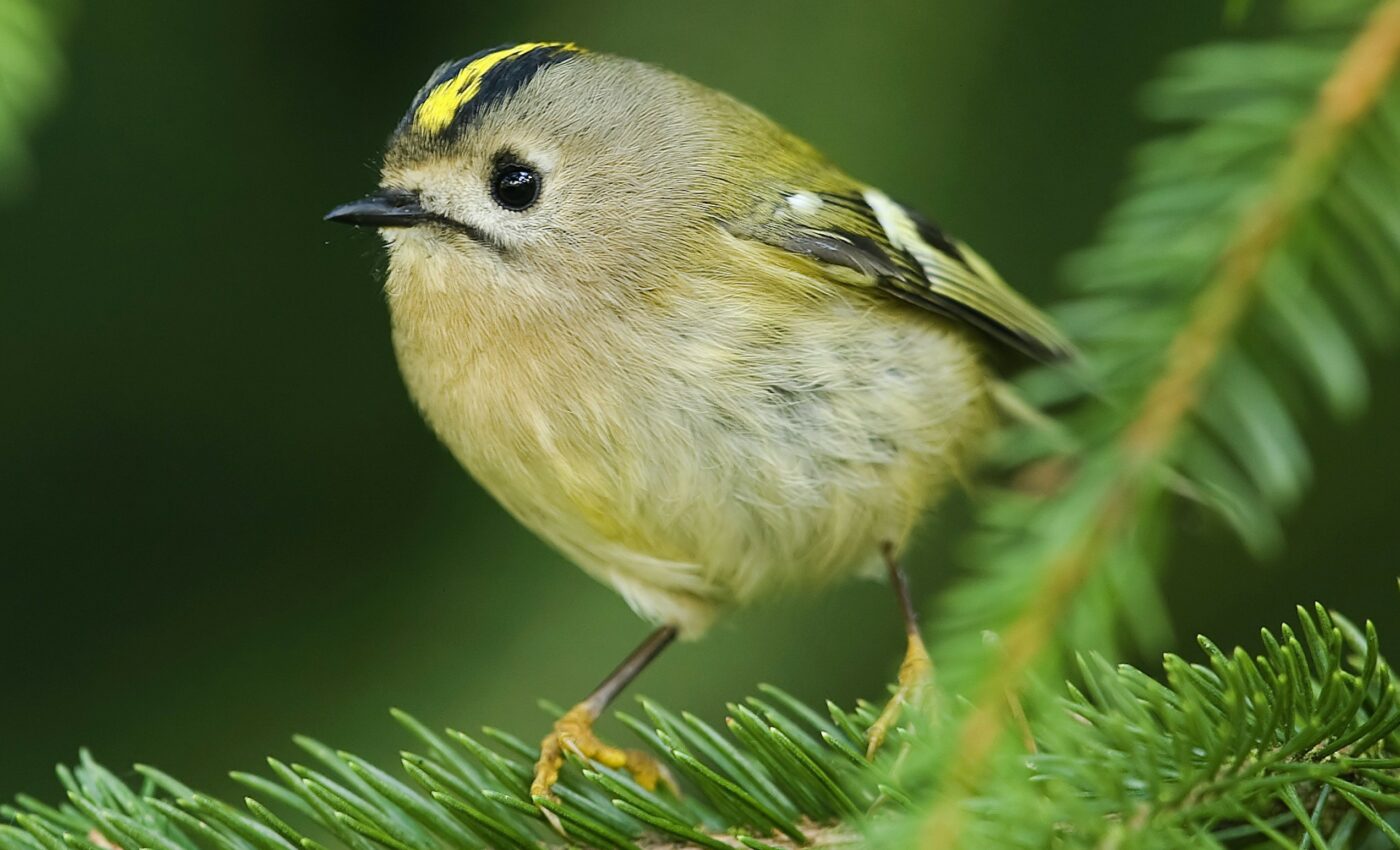
Forest degradation is a major cause of bird population declines
Humans are changing the composition of forests, and this can have serious consequences for many species that depend on trees for food, shelter, mating, and feeding. A new study from Oregon State University has found that bird populations in eastern Canada are declining as a result of habitat degradation, which is the reduction or loss of biological complexity.
“Reducing forest loss has been the main focus of conservation policy to date, which is well justified because it has a strong negative effect on biodiversity. But the effects of changing the composition and age of forest via timber management have traditionally been very difficult to measure at large scales and thus have been largely ignored,” explained Matt Betts of the OSU College of Forestry. “Our work shows population declines in many bird species in eastern Canada are due to habitat loss caused by forestry activities.”
The researchers set out to investigate the effects of forest degradation in places where trees have been thinned or clear-cut for the purpose of planting a single tree species. The experts wanted to know how these activities may impact bird populations in the long term.
The study was focused on the Acadian Forest in Canada’s maritime provinces. The results showed that 66 percent of the most common bird species had lost breeding habitat from 1985 to 2020. This habitat loss was strongly associated with the loss of older forests, according to the researchers.
The golden-crowned kinglet and Blackburnian warbler were the two species that were most impacted. The study authors estimate that over the 35-year study period, between 33 and 104 million birds were lost due to forest degradation.
Overall, nine bird species in the Acadian Forest have declined at rates exceeding 30 percent over the past 10 years, which meets criteria for listing as threatened under Canadian endangered species legislation.
“Due to increased global demand for wood, more and more of the Earth’s surface is being used for timber extraction,” said Betts. “This shows up on remote sensing as both forest loss and forest gain, but unfortunately the ‘gain’ is often vastly simplified, young forest. Our paper presents a new way to quantify these sorts of changes.”
Betts collaborated with experts from Cornell University, the University of Rhode Island, the University of New Brunswick, Google and multiple Canadian and U.S. agencies. The team analyzed satellite imagery and breeding bird survey data alongside projections of species distribution.
The Acadian Forest, known for its tree species diversity, has shown pervasive signs of degradation over the last three-plus decades, said Betts. More than three million hectares of the Acadian Forest have been clear-cut over the last 35 years.
“Old forest declined by 39 percent over the period we observed,” said Betts. “Over the same period, forest cover actually increased by a net 6.5 percent. That pattern of extensive harvest of old forest, followed by rapid regeneration of young forest and then subsequent harvest before maturity is attained, seems to be common in many forest regions of North America and northern Europe.”
According to Betts, managed forests tend to be dominated by one or two merchantable tree species, and they also tend to be younger than those that would occur naturally.
“Clearly the research by Betts and collaborators identifies one of the critical smoking guns of avian declines,” said Peter Marra, the co-author of a recent Science paper on bird declines. “We’ve assumed once a natural forest is cut down, as long as you plant more trees all the rest of the plants and animals will fill back in. The new research shows that’s not the case.”
In the Acadian Forest, deforestation was not a primary driver of habitat loss, explained Betts, as it accounted for less than two percent of all habitat loss across the 54 bird species examined.
“Overall, our findings indicate broad-scale declines in forest birds of the Acadian Forest, and for most species, abundance is strongly associated with habitat amount,” said Betts. “We expect that similar consequences for biodiversity are in place for intensively managed forests in other parts of the world as well. If all you look at is forest cover, you’ll miss the more subtle but critically important role of forest age and type in maintaining biodiversity.”
The study is published in the journal Nature Ecology & Evolution.
–—
By Chrissy Sexton, Earth.com Staff Writer













